10 Items In Your Home That Are Worth Less Than You Would Think And 9 That Are Practically Worthless

Ever wonder about the true value of stuff cluttering your home? We often hang onto things thinking they’ll be worth something someday. The reality might surprise you!
Many treasured possessions are worth far less than expected, while others barely fetch a dollar at yard sales. Let’s explore which household items might disappoint when it comes to resale value.
1. Porcelain dinner sets gathering dust
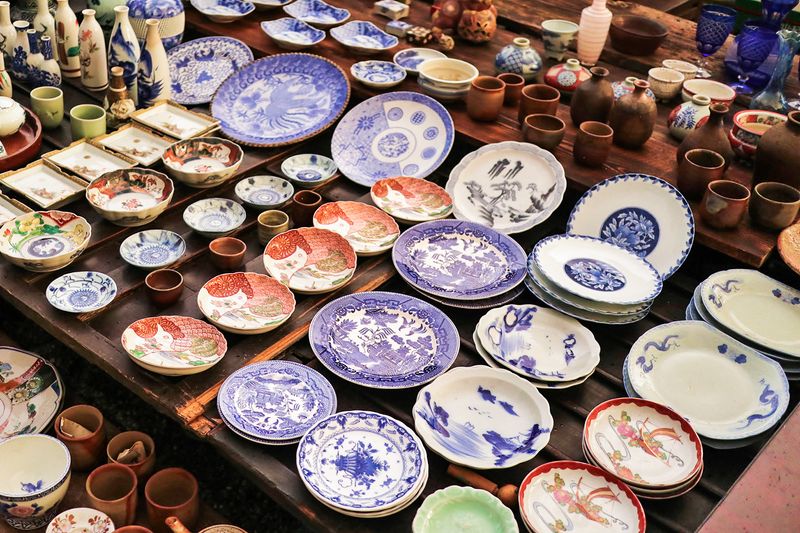
Remember Grandma’s fancy china that only came out for special occasions? Those complete sets from well-known brands like Lenox or Noritake have plummeted in value.
Young homeowners simply aren’t interested in formal dining anymore, preferring casual, dishwasher-safe options. Even complete sets in perfect condition often sell for just 10-20% of their original price.
That $500 set might fetch only $50-100 at resale now.
2. Collector plates hanging on walls
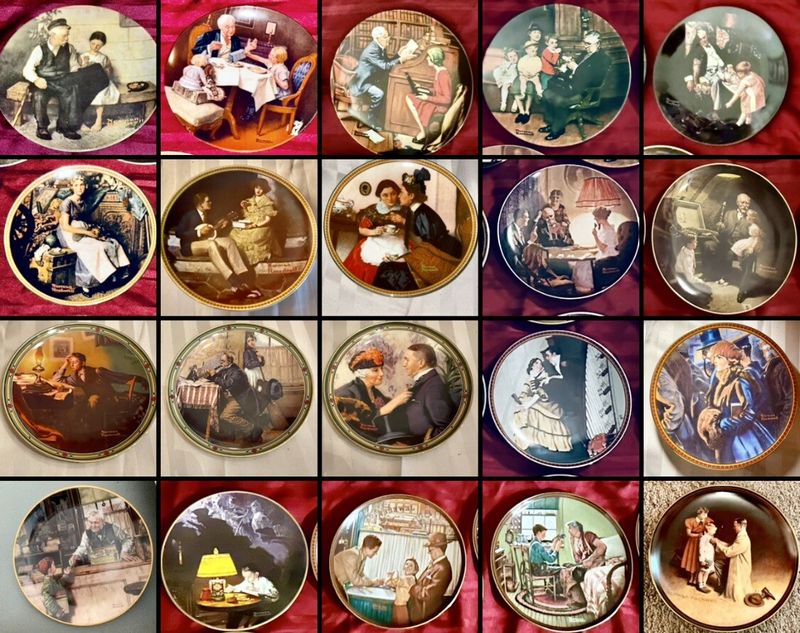
Those limited edition commemorative plates from Bradford Exchange or Franklin Mint aren’t the investments sellers promised. The market has completely collapsed since their 1970s-90s heyday.
Despite original prices of $50-150 each, most now sell for $5-15 regardless of condition or certificate of authenticity. The few exceptions are extremely rare pieces from the earliest series.
Millions were produced despite “limited edition” claims.
3. Patterned area rugs covering floors
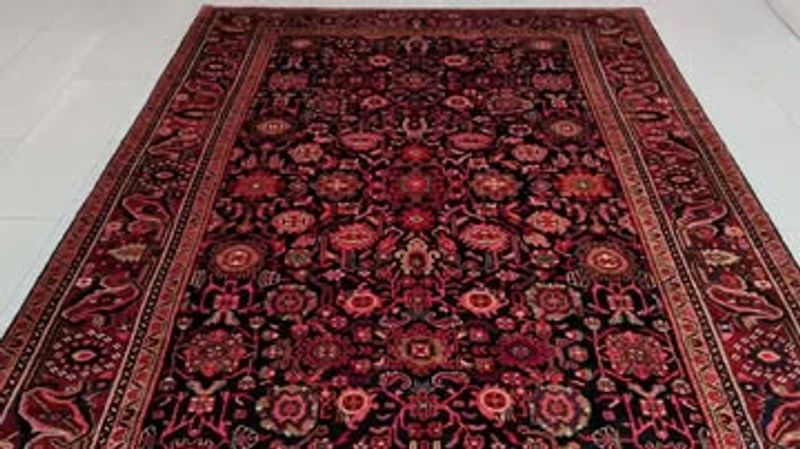
That expensive Persian-style rug you paid thousands for? Unfortunately, it’s probably worth a fraction of its original cost. Machine-made rugs depreciate immediately after purchase, losing 80-90% of value.
Only hand-knotted, authentic Persian or Oriental rugs hold or increase in value. Most homeowners can’t tell the difference between quality pieces and mass-produced lookalikes.
The rug market has also shifted toward modern, minimalist designs.
4. Crystal glassware sets behind cabinet doors
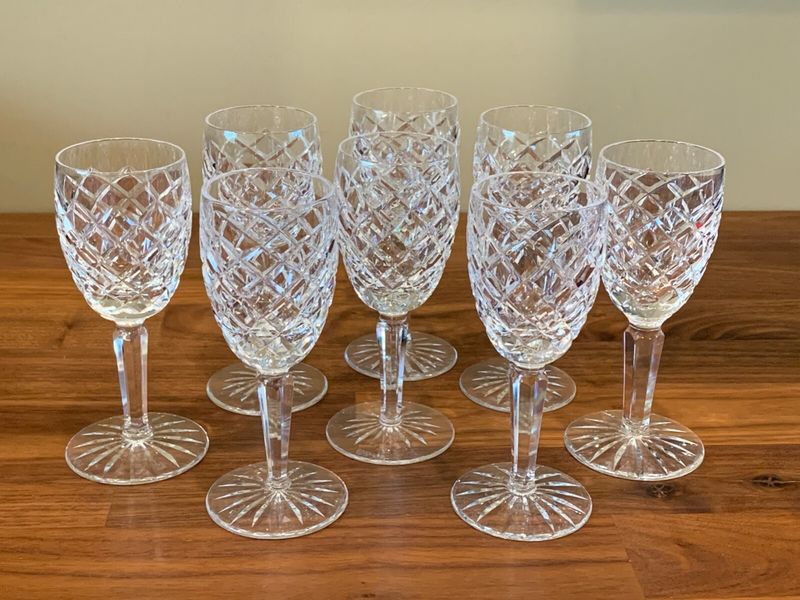
Waterford and Swarovski crystal pieces once dominated wedding registries as status symbols. Now they’re languishing at estate sales for pennies on the dollar.
Modern entertaining styles favor casual stemless glasses over formal crystal. Even high-end brands have lost 70-80% of their value on the secondary market.
Complete sets in original boxes might fetch more, but individual pieces—even perfect ones—rarely command more than $5-10 each.
5. Framed decorative prints on your walls
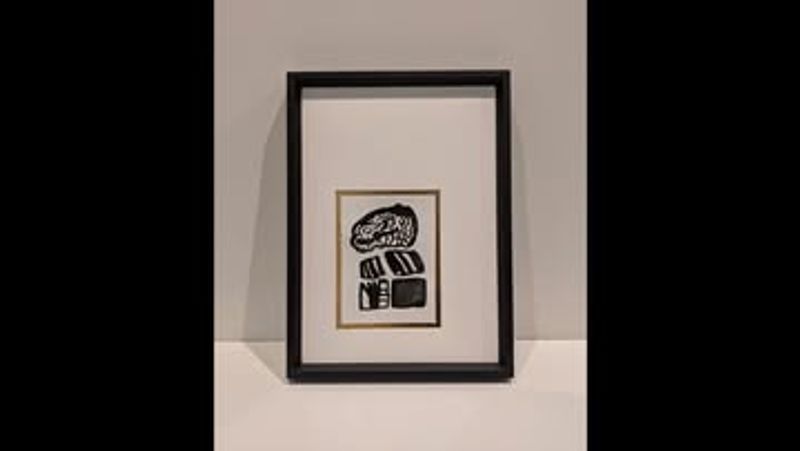
Mass-produced art prints, even when professionally framed, lose nearly all resale value immediately. That $300 framed print from a furniture store? Expect $10-25 at a yard sale.
Only original artwork or limited edition prints signed by known artists maintain value. The frame often costs more than the print itself, yet assembled pieces sell for a fraction of their components.
Many buyers just want the frame and discard the art.
6. Silver-plated cutlery sets in felt-lined boxes
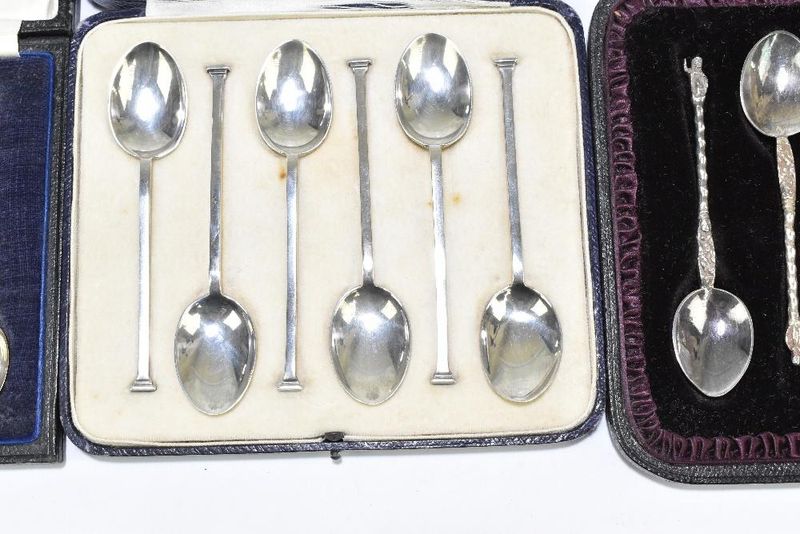
Silver-plated flatware sets were once wedding staples passed through generations. Today, complete 65-piece sets from brands like Oneida or Reed & Barton might sell for just $50-100.
The plating eventually wears off, and modern families avoid hand-washing requirements. Sterling silver holds value based on metal content, but silver-plate is worth virtually nothing to collectors.
Even antique sets struggle to find buyers in today’s casual dining culture.
7. Vintage-style furniture pieces dominating rooms

That heavy oak dining table or ornate bedroom set that cost thousands? Mass-produced “vintage-style” furniture from the 1980s-2000s has cratered in value. Brown furniture, as dealers call it, often sells for 5-10% of retail price.
Younger buyers prefer lightweight, modular pieces that move easily between apartments. Large, dark wood furniture simply doesn’t fit modern minimalist aesthetics or smaller living spaces.
Even quality pieces struggle to find new homes.
8. Old sewing machines tucked in closets
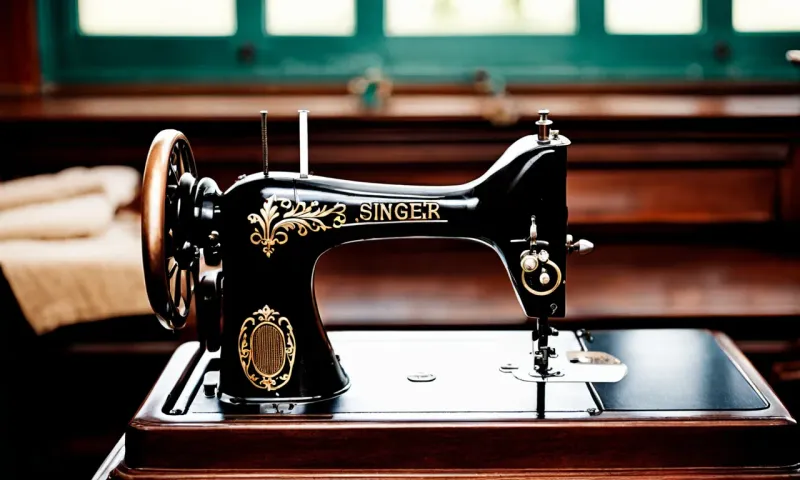
Singer sewing machines from the 1950s-80s were built to last generations. Sadly, their durability means millions still exist, flooding the market and dropping values to $25-50 regardless of condition.
Only pre-1900 models with hand-crank mechanisms or rare industrial models hold significant value. Modern sewers prefer computerized machines with programmable stitches and lightweight construction.
Even working vintage machines often cost more to ship than they’re worth.
9. Holiday decorations filling storage bins
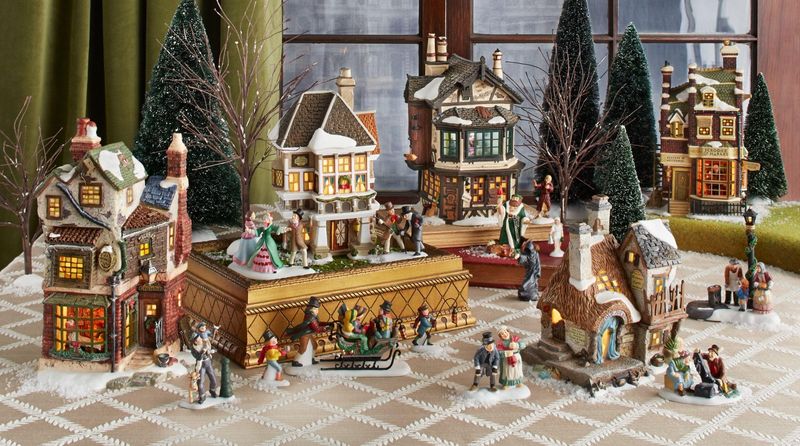
Those Department 56 Christmas villages or Hallmark ornament collections represent hundreds or thousands in investment. Unfortunately, most sell for 10-25% of original retail when downsizing.
Only the earliest pieces from popular series maintain value. The market became oversaturated as collecting boomed in the 1990s-2000s, with manufacturers increasing production to meet demand.
Complete collections might fetch more, but individual pieces rarely recover their purchase price.
10. Handmade ceramics without signatures
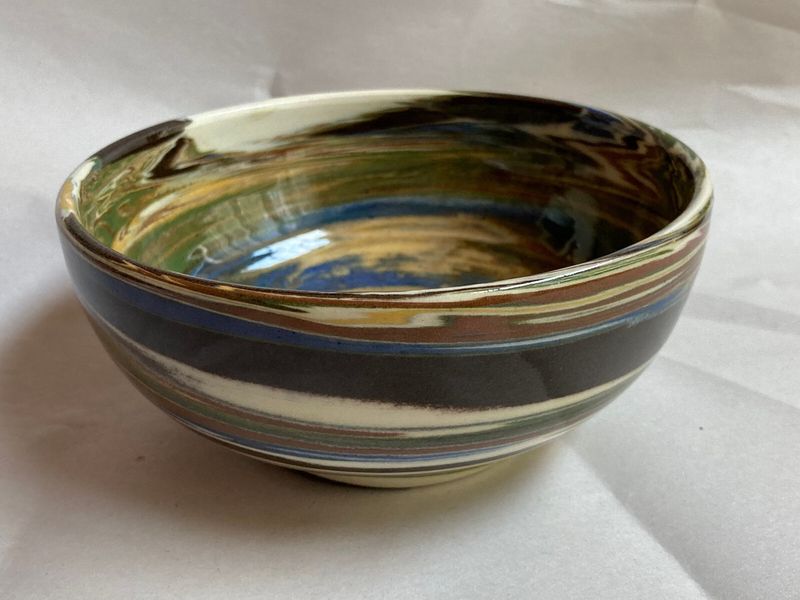
Artisan pottery pieces from local craft fairs or vacation destinations hold sentimental value but little monetary worth. Without a recognized artist’s signature, most handmade ceramics sell for $5-15 regardless of quality.
Only pieces from famous studio potters like Rookwood or established artists command premium prices. The craftsmanship might be excellent, but anonymous pieces compete with mass-produced items that look handmade.
Keep them for enjoyment rather than investment.
11. Stuffed animals overflowing toy boxes

Those Beanie Babies predicted to fund college educations? Most sell for less than $1 today. The same applies to nearly all plush toys, regardless of brand or condition.
Health concerns about used soft toys make them nearly impossible to resell. Even pristine collectible plushies with tags attached rarely fetch more than a few dollars unless they’re extremely rare promotional items.
Donate them instead of expecting any meaningful return.
12. DVD collections filling entertainment centers
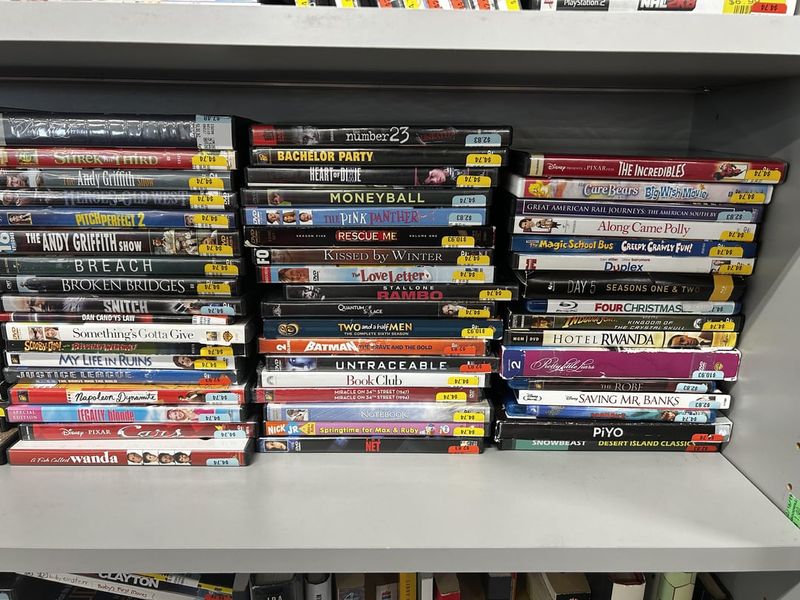
Remember spending $15-25 per DVD to build that impressive movie library? Streaming services have rendered them almost completely worthless. Most sell for $1-2 each, with common titles fetching just 25-50 cents at resale shops.
Complete TV series box sets might get $5-10, down from their original $50-100 price tags. VHS tapes are even worse—many thrift stores no longer accept them at all.
Only rare, out-of-print titles hold any value.
13. Refrigerator magnet collections from travels
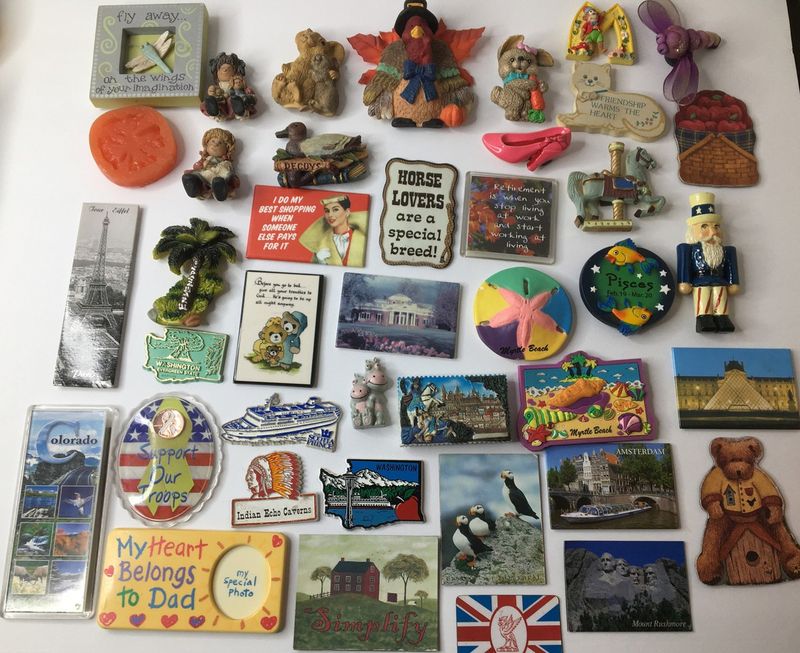
Those colorful souvenirs from every vacation destination make happy memories but hold zero resale value. Tourist magnets are mass-produced by the millions, with no collector market willing to pay for used pieces.
Even vintage travel magnets from the 1950s-60s rarely sell for more than a dollar. The sentimental value far outweighs any monetary worth.
Enjoy them for the memories they represent rather than as investments.
14. Outdated electronics gathering basement dust
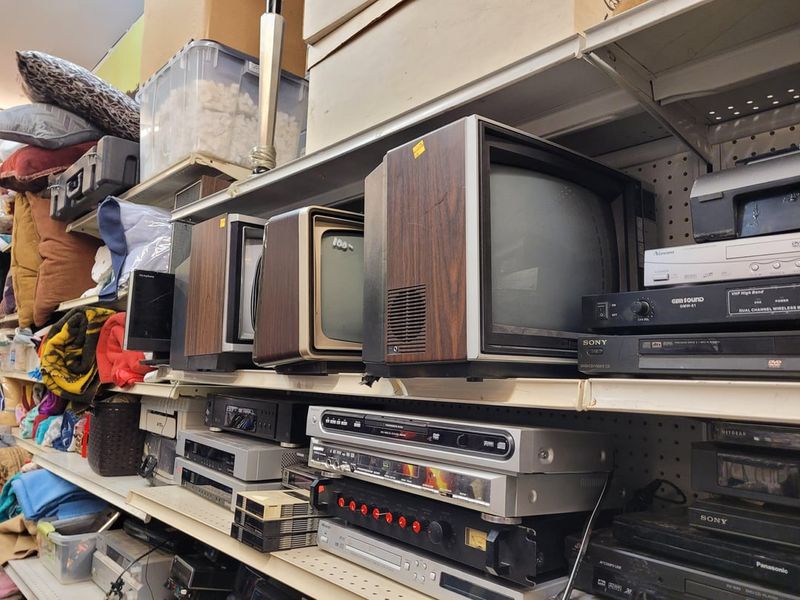
That expensive plasma TV or home theater system from 2005? Technological advances have rendered them virtually worthless. Electronics depreciate faster than almost any other household item.
Working VCRs, DVD players, and pre-smartphone devices might sell for $5-10 regardless of their original cost. Many contain hazardous materials that make disposal costly, creating negative value.
Even recent models lose 70-90% of value within five years.
15. Plastic food containers filling kitchen cabinets
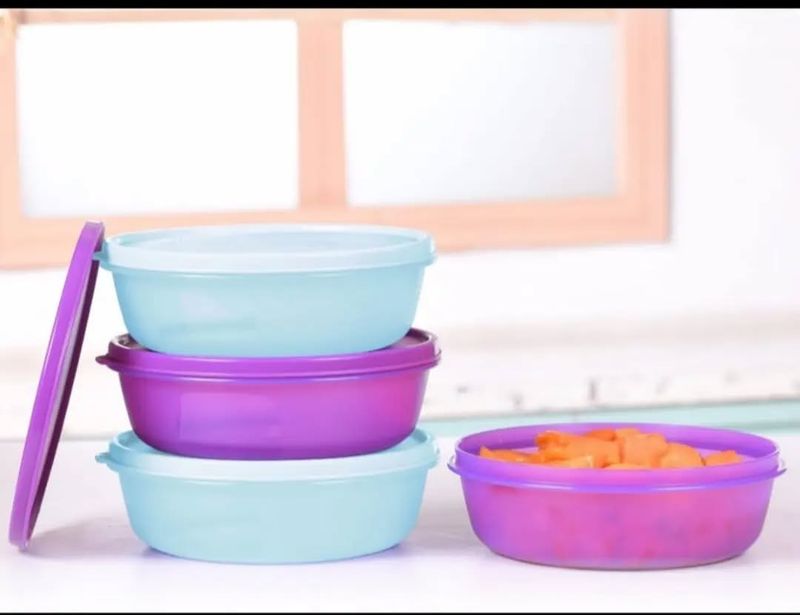
The chaotic collection of mismatched plastic containers and lids taking over your kitchen? Completely worthless, even high-end brands like Tupperware or Rubbermaid.
Health concerns about plastic chemicals mean used containers have no resale market. Staining, warping, and odor retention further diminish any potential value.
Even pristine sets sell for pennies on the dollar compared to new prices, making them essentially disposable despite their long physical lifespan.
16. Artificial plants showing signs of age
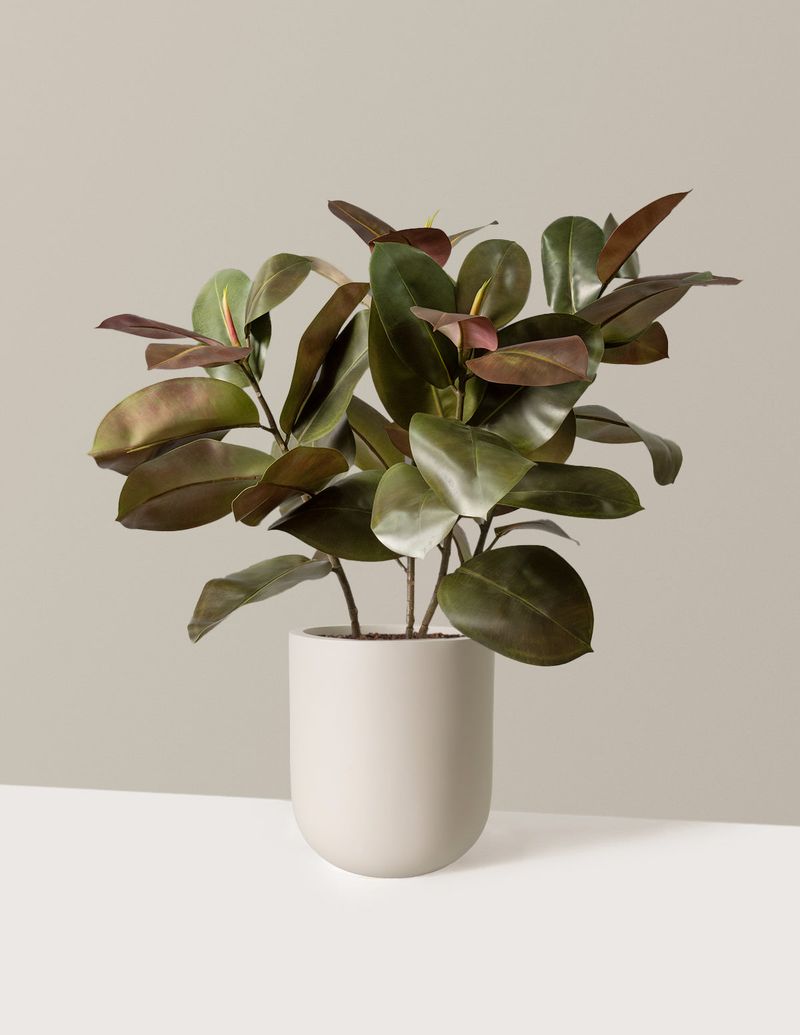
Fake plants and flowers were expensive when purchased but become worthless almost immediately. Dust collection, fading, and changing home décor trends make them virtually impossible to resell.
Even high-quality silk arrangements that cost hundreds new might fetch $5-10 at resale. Plastic plants have zero secondary market value regardless of their original price.
Modern buyers prefer either real plants or the latest ultra-realistic artificial styles.
17. Partially burned candles in decorative jars
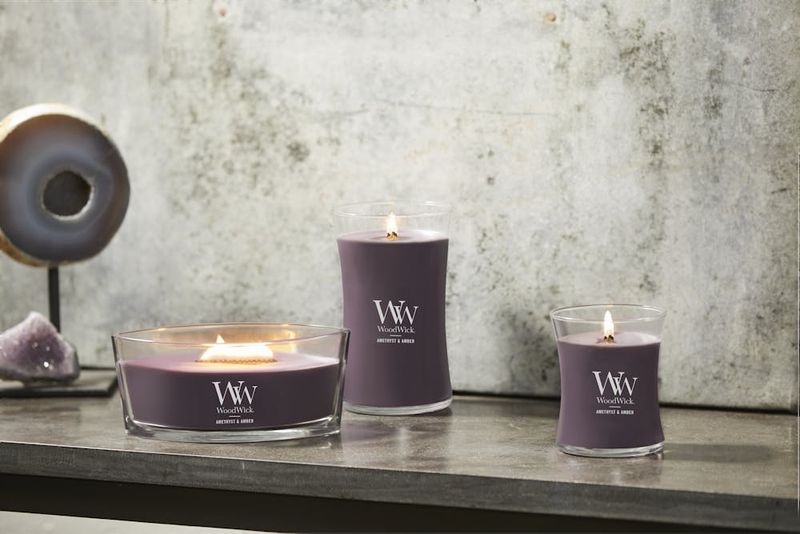
Those half-used luxury candles from Yankee Candle or Bath & Body Works? Completely worthless on the resale market. Nobody wants to buy a partially used candle regardless of the original price or scent.
Even unused candles sell for 70-80% less than retail. The decorative containers might have minimal value for crafting, but most end up discarded.
Seasonal scents become especially worthless once their holiday passes.
18. Novelty mugs crowding kitchen shelves
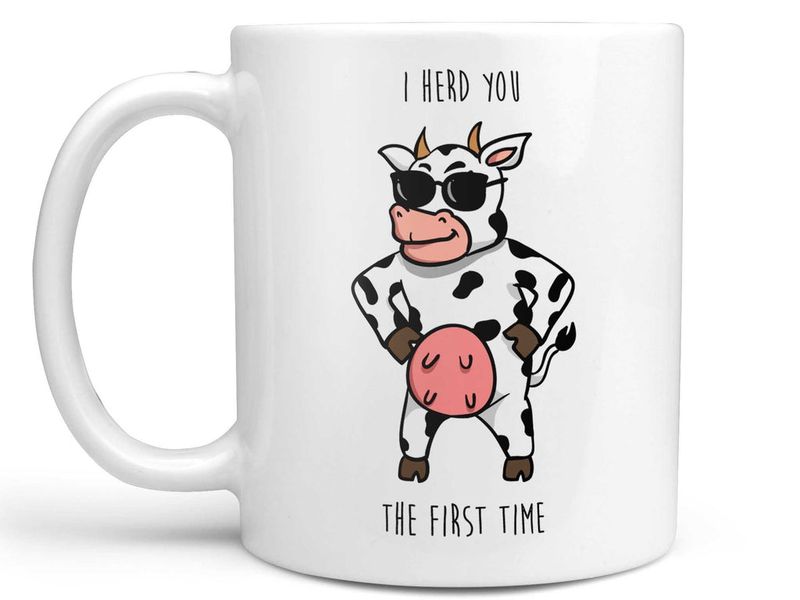
Funny slogan mugs, souvenir cups, and promotional drinkware multiply in cabinets but have virtually no resale value. Even in perfect condition, most sell for 25-50 cents at yard sales.
Chipped or faded mugs are completely worthless. The sentimental messages or inside jokes that made them special to you mean nothing to potential buyers.
Only extremely rare promotional items or vintage advertising mugs hold any collector value.
19. Mystery cords tangled in drawers
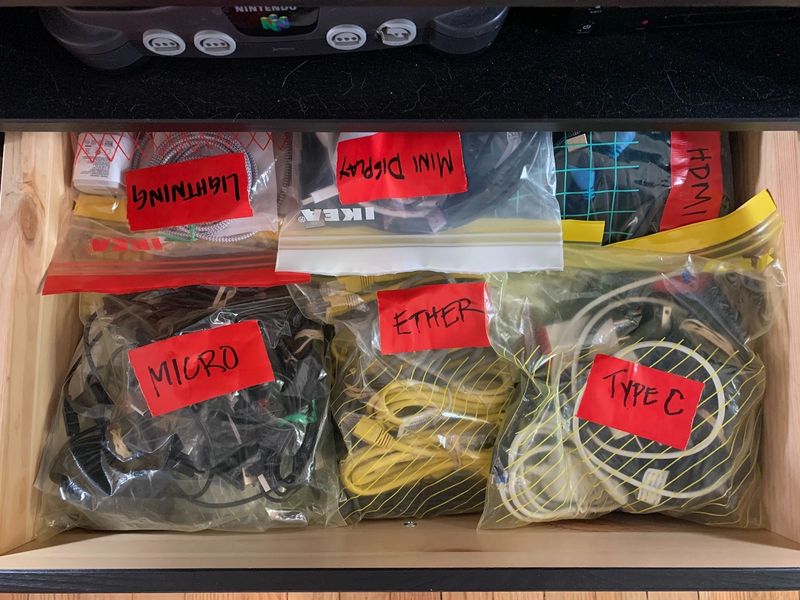
The drawer full of unidentified charging cables, adapters, and cords for devices you no longer own? Completely worthless and potentially dangerous if used incorrectly.
Technology changes so rapidly that even recent cables become obsolete. Proprietary connectors for discontinued devices have zero value since compatible equipment is no longer available.
Most electronic recyclers won’t even pay for the copper content in these items.






